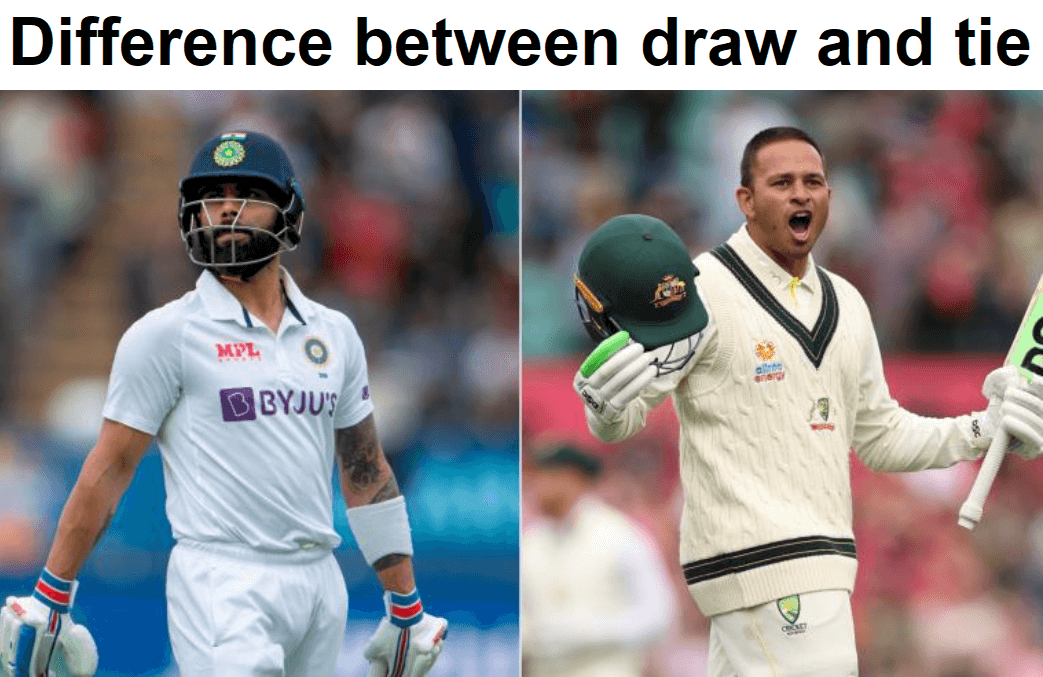

In cricket, a tie and draw are two results that can be recorded at the end of a completed match. A tie is when both the teams have scored the same number of runs at the end of their respective innings. This can be seen in all disciplines of the sport – be it Test, ODI or T20.
A draw on the other hand is more often seen in test cricket, where each side bats twice alternatively across five days. At the end of the five days, there is a possibility that one side does not get to bat twice or a side fails to chase a target with wickets still in hand. In such cases, the match is considered drawn.
A draw is a definite result with no further play expected. In competitive events, teams usually share the points for a drawn match. In contrast, a tie has been historically decided by various means.
Bowl-out
A bowl-out is when both teams are supposed to hit unguarded stumps in a best of five format. The team whose bowlers strike the stumps more wins. In case of a level score, the bowl out continues until one of the side misses.
Boundary Count
Another way used to decide a tie match was by boundary count. The most famous instance took place in the 2019 ICC Men’s World Cup where England won the final of the 50-over tournament against New Zealand by a boundary count
Super Over
The most commonly used and prevalent format of deciding a tie in cricket today is a Super Over. In case of a tie, both teams bat for one over. A side is considered all out if two wickets fall in the Super Over. The team with more runs wins the match.





